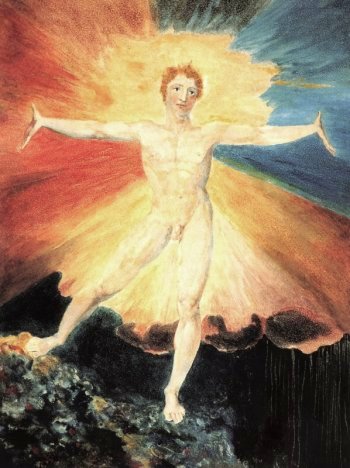I was not present at any of them; nor ever had I any Personal prejudice at the Persons thus brought upon the Stage
This language speaks to the authenticity, or lack of, regarding Mather's insight into the Salem trials. He states plainly that he was not in attendance during the proceedings. Obviously, spectral evidence loses clout, for no other reason other than the writer's absence from the trials. Modern minds have no trouble disproving Mather's suggestions, but European superstitions die hard.

